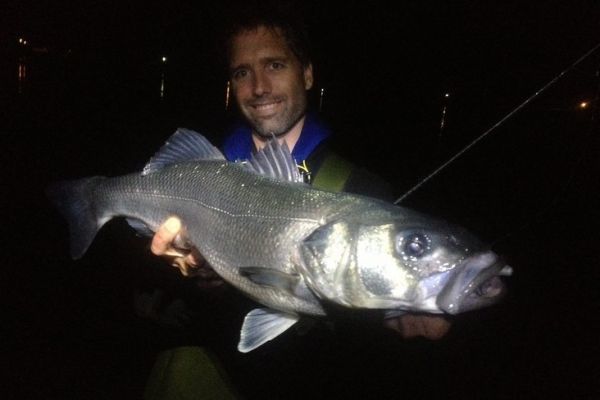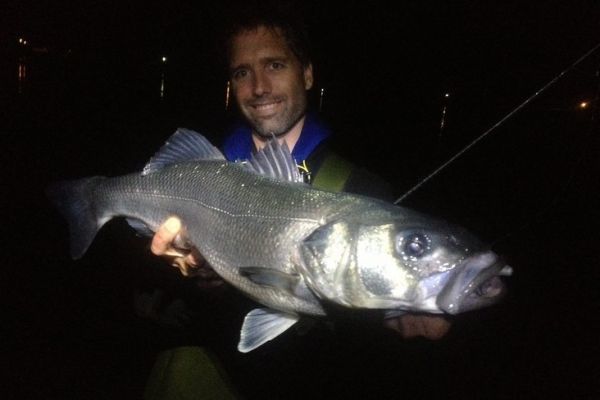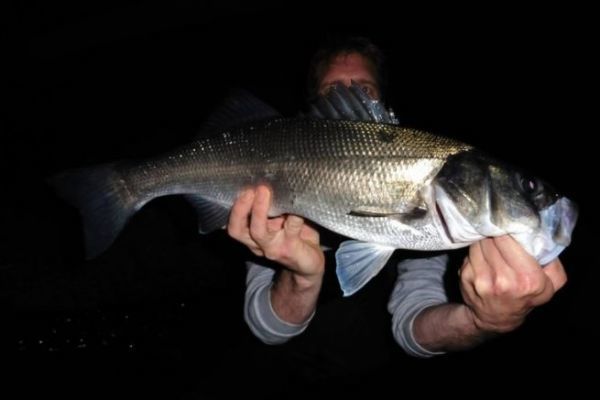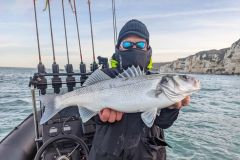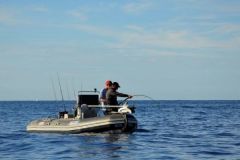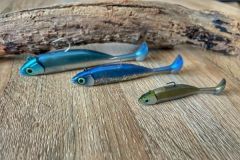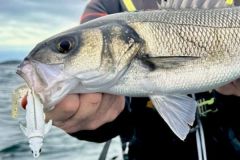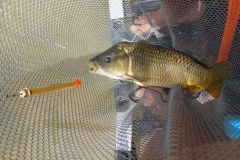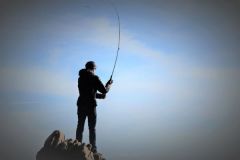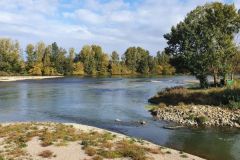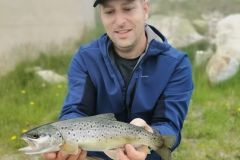Loss of visual cues
At night, there are no visual cues, everything is done by feel. Throwing distances are unknown, and banner management is difficult, especially in windy conditions. You have to be technically correct to fish.
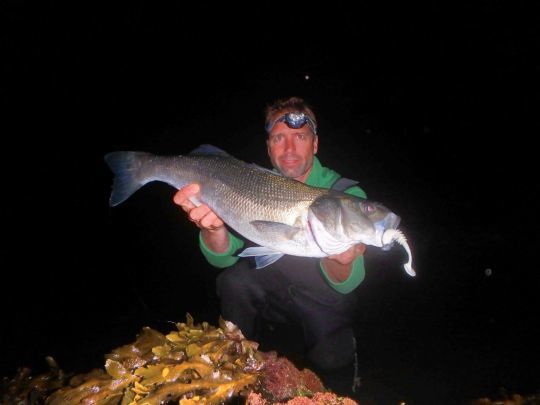
This loss of reference increases the feel of the bites tenfold. With the angler focused solely on the feel of the lure, the strikes are often highly effective.
Changing fish behavior
At night, fish behavior changes. The return to calm allows them to colonize areas deserted during the day. It's not uncommon to observe them very close to the shore, sometimes in just a few centimetres of water.
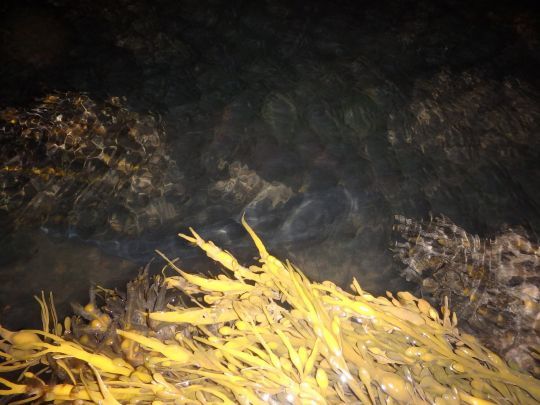
At night, wildlife also changes its behavior. Crabs, shrimps and other small crustaceans, for example, emerge from their shelters. Predators make no mistake, taking advantage of this moment to feed easily.
Choosing the best season for night fishing
Autumn is undoubtedly the best season for bass fishing in general. At this time, sea bass behavior changes. They begin to prepare for spawning, which will take place a few months later, by feeding abundantly to build up the reserves needed to get through the winter. This makes them easier to catch, especially the larger specimens.
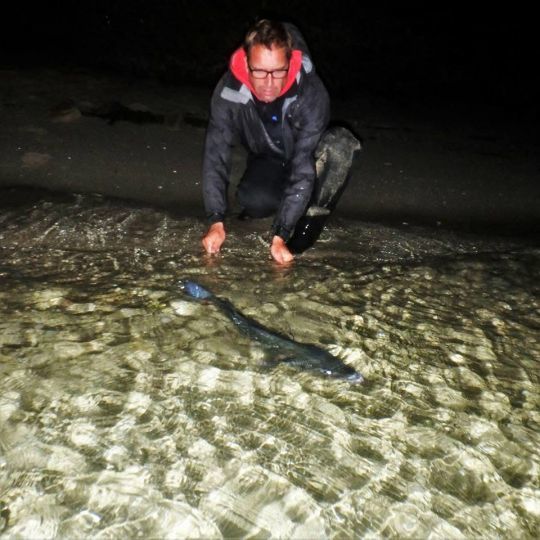
Night fishing is no exception. Another advantage is that at this time of year, night arrives earlier, at around 7 p.m. after the October time change. There's no need to wait until 11 p.m., as in midsummer, to get to the water's edge.
Short but effective outings
Night fishing trips are generally short. The spots to which anglers go are known and scouted beforehand, during the day. It's important to do this scouting during the day, so you can understand the environment you'll be fishing in.
It's also a guarantee of safety to know your position perfectly, so you don't find yourself in perilous situations once you're out on the water with no visual reference.
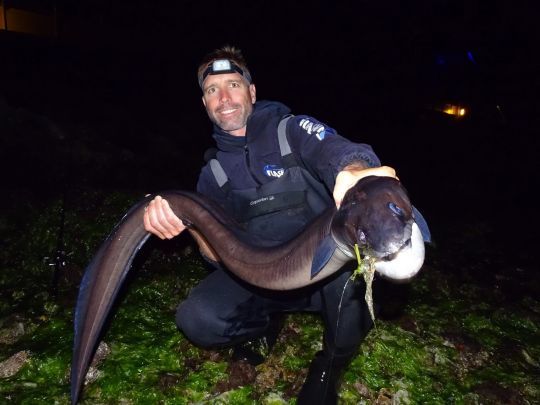
Next, we'll take a look at the equipment and effective techniques for fishing for sea bass with lures at night.
